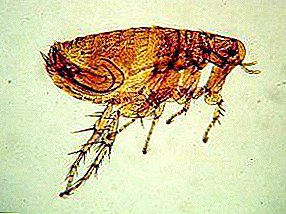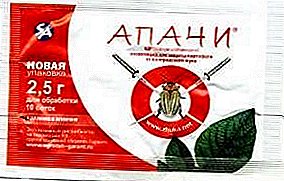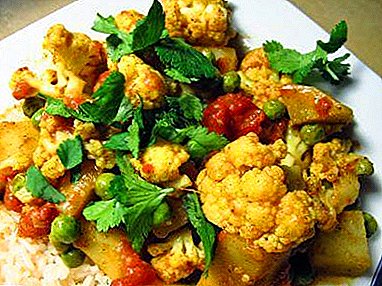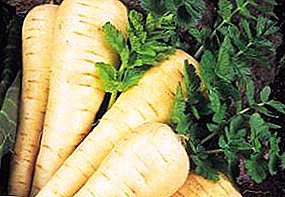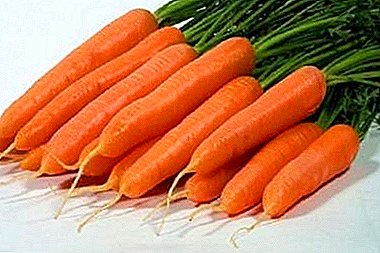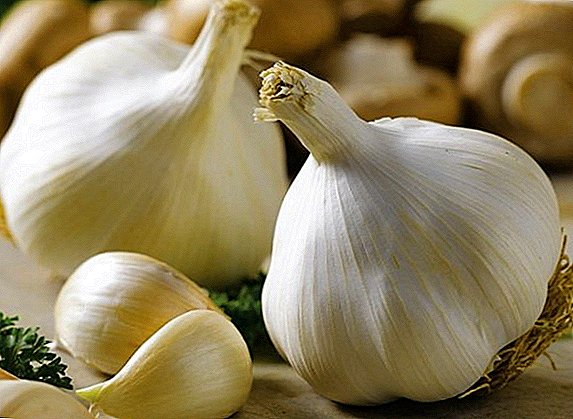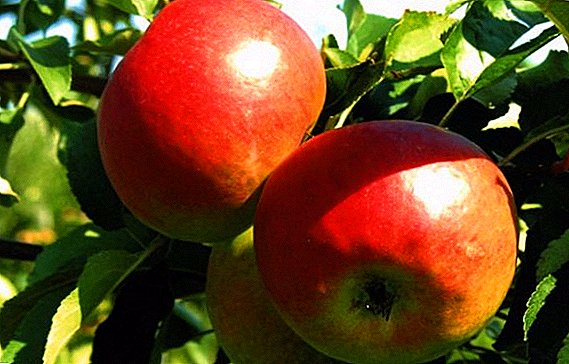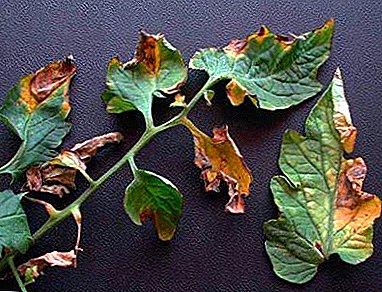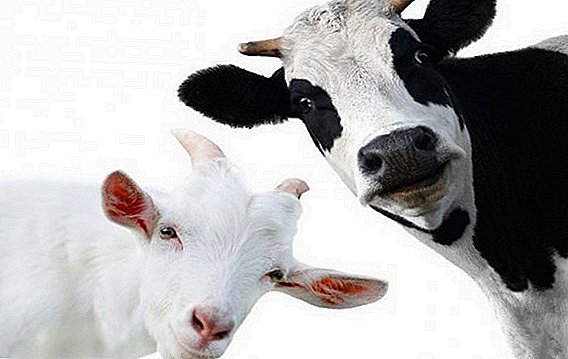 People can use milk obtained from a variety of herbivores: cows, goats, llamas, buffaloes, camels, horses, sheep.
People can use milk obtained from a variety of herbivores: cows, goats, llamas, buffaloes, camels, horses, sheep.
The most popular, of course, is the cow. The second, with a large margin, is a goat.
However, this does not indicate which one is more beneficial to health.
Does goat milk differ from cow's milk?
The product from different animal species is distinguished by its fat content, lactose content, and the presence of macro- and microelements. But its color is almost the same, and it depends more on fat content than on the type of animal manufacturer. Taste and smell may be different. 
Taste
Goat's milk has a brighter creamy flavor. Due to this quality, it is in demand in the production of cheese and dairy products. It is believed that the products derived from it have a milder taste and are better absorbed by children than those derived from cow.
Important! Taste in goat milk may be due to the presence of a goat in the herd. Its glands have a very strong odor, which is transmitted to the goat and the product it produces. In the absence of a goat, this smell does not occur.
By smell
Good tangible smell should not be inherent in milk obtained from a pure animal during milking with the observance of the rules of hygiene. But he, like taste, can appear from feeds that a cow or goat consumed. For example, wormwood or garlic gives it a bitter taste and a specific smell.
Nutrient Differences
The chemical composition of different types have significant differences. The protein and fat of goat milk are better absorbed by the body and are excellent for baby and diet food. The lactose content in cow is higher, but it is worse absorbed.
Squirrels
The protein content is the same in both forms - 3%.
Learn more about what is useful and harmful cow's milk, what are the methods of processing and types of cow's milk, how many liters of milk can give a cow, why milk from a cow tastes bitter.
On average, 100 ml of liquid contains 3.2 mg of protein, which contains:
- 80% casein;
- 20% albumin.
In terms of its amino acid composition, it is an ideal food protein. 
Fat
There is a little more fat in cow's milk than in goat milk, but the specific percentage of fat depends on the breed of cows. In some breeds, fat content reaches 6%. The average for the cow product is considered to be 3.4%, and for the goat - 3.1%.
Did you know? The quality of food, the state of health of the animal, and even the time of day can affect the fat content — the evening meal is fatter than the morning.
To find out the fat content without special equipment, put a glass of milk in a warm room for 8 hours. Fat exfoliate and rise up. Measure the thickness of the layer with a ruler - 1 mm will be approximately equal to 1% of the fat in the liquid.
Lactose
Lactose is a milk sugar consisting of glucose and galactose. In cow's milk it is 4.7%, in goat milk - 4.1%.
A feature of lactose is that the human body produces a special enzyme that is responsible for its absorption. With age, it ceases to be produced, and lactose intolerance is associated with this by some people. And 6% of babies from birth suffer from lactose intolerance. 
Vitamins
The vitamin composition of both species is about the same, with the exception of vitamin B and riboflavin, which are much larger in the goat.
| Vitamin (g / per 100 ml) | Goat | Cow |
| A (retinol) | 39 | 21 |
| group B | 68 | 45 |
| B2 (riboflavin) | 210 | 159 |
| C (ascorbic acid) | 2 | 2 |
| D (calciferols) | 0,7 | 0,7 |
| E (tocopherols) | - | - |
Did you know? Feeding a baby for the night with milk of animal origin will ensure a peaceful sleep for the child. Since the caseins contained in the product are digested for about 6 hours, the body does not feel hunger all this time.
Minerals
The percentage of minerals in different types of milk is almost the same.  Both have a pronounced alkaline reaction, which contributes to the improvement of the gastrointestinal tract and the neutralization of high acidity in patients with gastritis, chronic cholecystitis and other gastrointestinal diseases.
Both have a pronounced alkaline reaction, which contributes to the improvement of the gastrointestinal tract and the neutralization of high acidity in patients with gastritis, chronic cholecystitis and other gastrointestinal diseases.
| Minerals (%) | Goat | Cow |
| Calcium | 0,19 | 0,18 |
| Phosphorus | 0,27 | 0,23 |
| Potassium | 1,4 | 1,3 |
| Chloride | 0,15 | 0,1 |
| Iron | 0,07 | 0,08 |
| Copper | 0,05 | 0,06 |
Arguments in favor of goat milk
In addition to the fact that the protein composition and other characteristics are fully consistent with the needs of the human body, goat milk has several advantages compared to cow milk.
Find out how many liters of milk a goat can produce per day.
Longer kept fresh
Goat milk has a high bactericidal activity. The activity of fungi that cause fermentation is reduced in it. Therefore, it stays fresh longer than a cow. 
Easier to digest
The balls of fat in this product are smaller than in cows, which improves its digestibility. It is considered more dietary and recommended by dietitians for those who want to lose weight.
Better tolerated by asthmatics and allergies.
The body tolerates goat milk quite easily. Bactericidal activity makes it easy to drink it for people suffering from various diseases of the stomach. Its protein is less allergenic and better tolerated by allergies.
Important! Traditional healers even recommend goat milk as an asthma medicine. You can simply drink it, or you can prepare various drugs with it.
Recipe: 2 cups of purified oats are washed, poured over with 2 liters of boiling water and boiled, stirring, over low heat for 60 minutes. Then add half a liter of fresh goat milk and boil another 30 minutes. In the broth dissolve 1 spoon of honey. Take warmed, about half a cup 30 minutes before meals.  You can eat any milk because it is nutritious and healthy. But as you can see, goat is in many ways superior to cow. And you certainly will not regret putting it on the table - if only because it will make your diet more diverse.
You can eat any milk because it is nutritious and healthy. But as you can see, goat is in many ways superior to cow. And you certainly will not regret putting it on the table - if only because it will make your diet more diverse.


